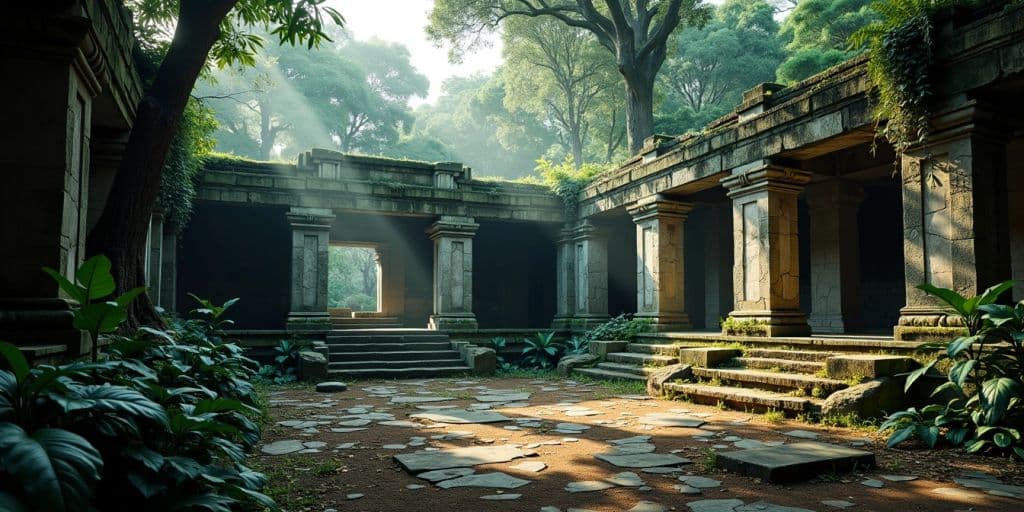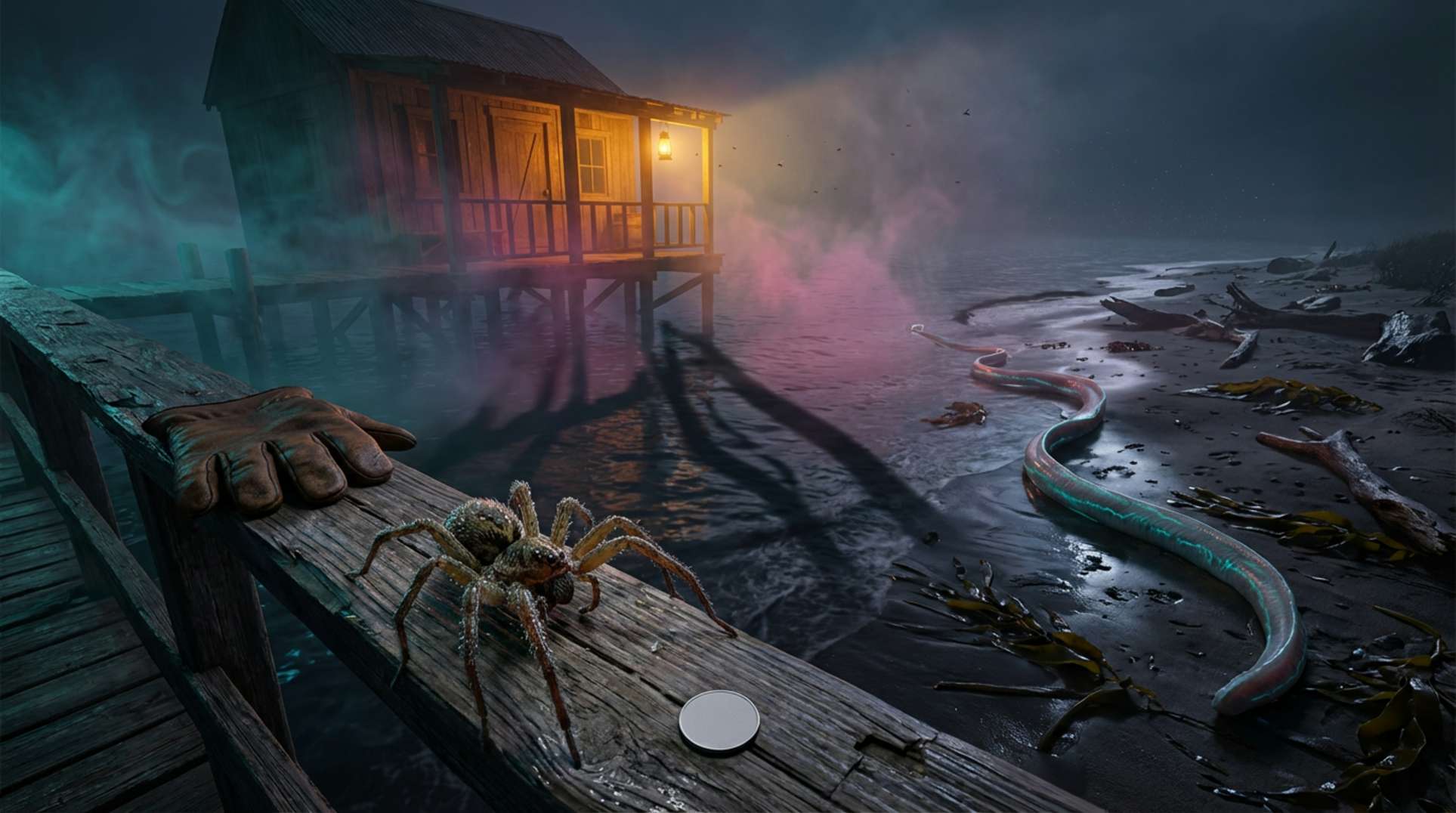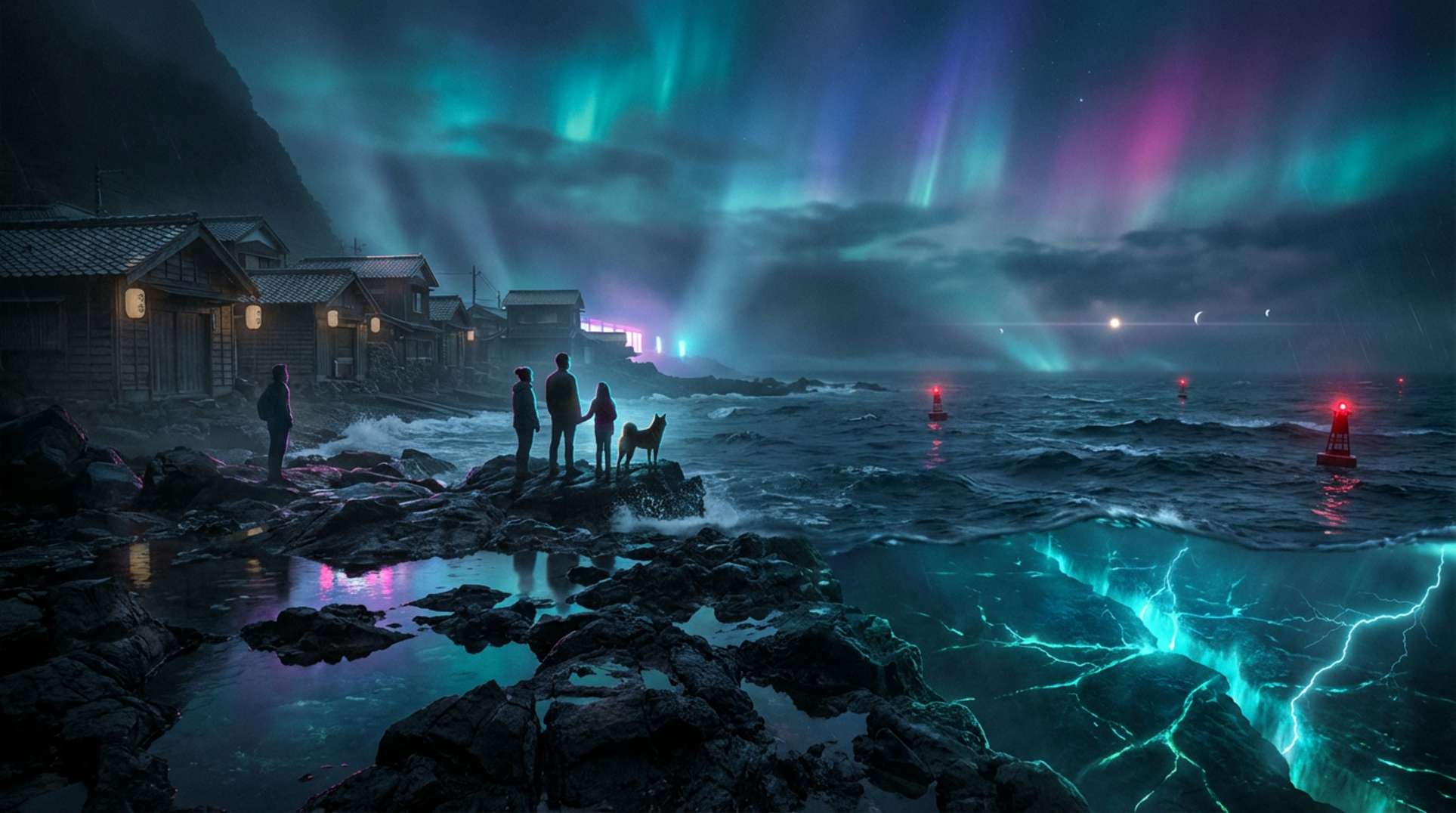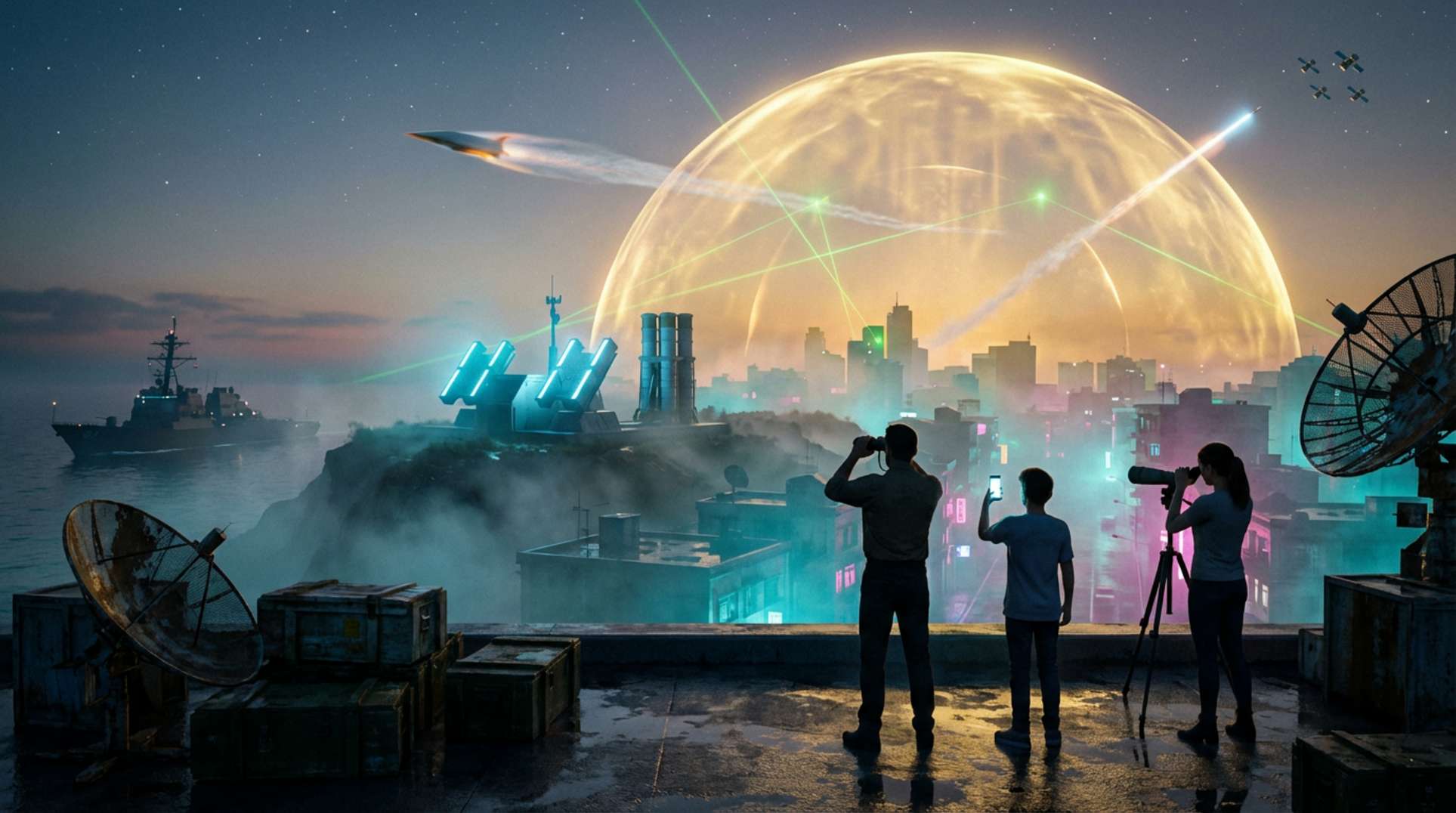Lost civilizations have always sparked our curiosity, blending history with mystery. These ancient societies, often shrouded in myths and legends, tell us much about human culture and our past. This article takes a closer look at some of these fascinating civilizations, their achievements, and the truths hidden behind the myths that surround them.
Key Takeaways
- Ancient civilizations, like the Indus Valley and Minoans, left behind remarkable legacies that continue to influence us today.
- Myths such as Atlantis and stories of the Anasazi reveal how ancient societies faced challenges that resonate with modern issues.
- Technological advancements in ancient cultures show that they were more innovative than we often give them credit for.
- Climate change played a significant role in the decline of many ancient societies, offering lessons for our current environmental challenges.
- Archaeological discoveries continue to uncover the secrets of lost civilizations, helping us piece together our shared history.
The Enigmatic World of Ancient Civilizations
Unraveling the Mysteries of Lost Cultures
Ancient civilizations are like puzzles waiting to be solved. Many of their secrets are hidden in the ruins and artifacts left behind. These remnants tell us about their daily lives, beliefs, and technologies. Here are some key points:
- Artifacts: Tools, pottery, and jewelry reveal daily life.
- Architecture: Structures like pyramids and temples show engineering skills.
- Written Records: Ancient texts provide insights into their thoughts and culture.
The Role of Mythology in Understanding Ancient Societies
Myths and legends play a crucial role in understanding ancient cultures. They often explain natural events and human experiences. Here are some examples:
- Creation Stories: Many cultures have tales about how the world began.
- Heroic Legends: Stories of heroes often reflect societal values.
- Moral Lessons: Myths often teach important lessons about life and behavior.
Technological Marvels of the Ancient World
Ancient civilizations achieved remarkable technological feats. Their innovations still amaze us today. Here are a few examples:
- The Wheel: Revolutionized transport and trade.
- Irrigation Systems: Allowed farming in dry areas.
- Pyramids: Showed advanced knowledge of engineering and mathematics.
Ancient civilizations remind us that our past holds many secrets. By studying them, we can learn about our own society and its future.
Forgotten Empires and Their Legacies
The Rise and Fall of the Indus Valley Civilization
The Indus Valley Civilization was one of the earliest urban cultures, thriving around 2500 BCE. This civilization is known for its advanced city planning and drainage systems. Key features include:
- Well-planned cities like Harappa and Mohenjo-Daro.
- A sophisticated drainage system that was ahead of its time.
- Trade networks that extended to Mesopotamia.
Despite its achievements, the civilization mysteriously declined around 1900 BCE, possibly due to climate change or resource depletion.
Mysterious Disappearance of the Anasazi
The Anasazi, or Ancestral Puebloans, inhabited the Four Corners region of the United States. They are famous for their cliff dwellings and intricate pottery. However, by the late 13th century, they vanished from their settlements. Possible reasons for their disappearance include:
- Drought and water scarcity.
- Social strife and conflict.
- Migration to more hospitable areas.
The Influence of the Minoans on Modern Culture
The Minoans, who lived on the island of Crete, are often credited with being one of the first advanced civilizations in Europe. They are known for their impressive palaces, such as Knossos, and their vibrant frescoes. Their legacy includes:
- The development of trade routes across the Mediterranean.
- Influences on Greek mythology, particularly the story of the Minotaur.
- Contributions to art and architecture that resonate in modern designs.
In summary, these forgotten empires have left behind legacies that continue to shape our understanding of history and culture today. Their stories remind us of the complexities of human civilization and the factors that lead to both success and decline.
Ancient Civilizations and Their Advanced Technologies
Engineering Feats of the Egyptians
The ancient Egyptians are renowned for their incredible engineering skills. They built massive structures like the Great Pyramid of Giza, which still stands today. Here are some key points about their engineering:
- Precision: The pyramids were constructed with remarkable accuracy, aligning perfectly with the cardinal points.
- Materials: They used limestone and granite, transporting these heavy stones over long distances.
- Techniques: Theories suggest they used ramps and levers to lift the stones into place.
Astronomical Knowledge of the Mayans
The Mayans had a deep understanding of astronomy, which they used to create their calendars. Their knowledge included:
- Solar and Lunar Cycles: They tracked the movements of the sun and moon.
- Eclipses: They could predict solar and lunar eclipses with great accuracy.
- Star Alignments: Their temples were often aligned with celestial bodies, showing their advanced knowledge of the night sky.
The Architectural Wonders of Ancient Rome
Ancient Rome is famous for its architectural innovations that have influenced modern design. Some of their key contributions include:
- Concrete: They developed a strong form of concrete that allowed for larger structures.
- Arches and Domes: The use of arches enabled the construction of grand buildings like the Colosseum.
- Aqueducts: They built extensive aqueduct systems to transport water, showcasing their engineering prowess.
Ancient civilizations were not just primitive societies; they were capable of creating technological marvels that still amaze us today. Their innovations laid the groundwork for many modern technologies we use now.
| Civilization | Key Technology | Impact |
|---|---|---|
| Egyptians | Pyramids | Architectural marvels that inspire awe |
| Mayans | Calendars | Advanced understanding of astronomy |
| Romans | Concrete | Foundation for modern construction techniques |
The Impact of Climate Change on Ancient Societies

How Climate Shifts Led to the Decline of Ancient Civilizations
Climate change has played a significant role in the rise and fall of many ancient civilizations. Dramatic shifts in climate often led to food shortages, which in turn caused social unrest and the eventual collapse of societies. For example:
- The Maya civilization faced severe droughts that contributed to their decline.
- The Indus Valley Civilization experienced changes in monsoon patterns, affecting agriculture.
- The Anasazi people abandoned their settlements due to prolonged droughts.
Adaptation Strategies of Early Societies
Ancient societies developed various strategies to cope with climate changes. Some of these included:
- Water management systems like aqueducts and reservoirs.
- Crop rotation and diversification to ensure food security.
- Migration to more favorable climates when local conditions became unsustainable.
Lessons for Modern Times from Ancient Climate Challenges
The experiences of ancient civilizations offer valuable lessons for today. As we face our own climate challenges, we can learn from their successes and failures. For instance:
- Sustainable practices can help mitigate the effects of climate change.
- Community cooperation is essential for adapting to environmental shifts.
- Preserving biodiversity can enhance resilience against climate impacts.
Understanding how ancient societies responded to climate change can guide us in addressing our current environmental crises. The past holds important lessons for our future.
Cultural Interactions and Exchanges Among Ancient Civilizations

Trade Routes and Cultural Diffusion
Trade routes were essential for the exchange of goods and ideas among ancient civilizations. These routes helped shape cultures and societies. Here are some key points about their impact:
- Silk Road: Connected East and West, facilitating trade between China and Europe.
- Trans-Saharan Trade: Linked North Africa with sub-Saharan Africa, spreading goods like gold and salt.
- Maritime Routes: Enabled trade across the Mediterranean, influencing cultures from Greece to Egypt.
Shared Religious Beliefs and Practices
Many ancient civilizations shared similar religious beliefs and practices, which often influenced one another. Some examples include:
- Polytheism: Most ancient cultures worshipped multiple gods, often with overlapping attributes.
- Rituals and Festivals: Many societies celebrated similar agricultural festivals, reflecting their dependence on farming.
- Mythology: Stories of gods and heroes often crossed cultural boundaries, enriching each civilization’s lore.
Influence of Ancient Civilizations on Each Other
The interactions among ancient civilizations led to significant influences, including:
- Architecture: The Greeks influenced Roman architecture, evident in the use of columns and arches.
- Writing Systems: The Phoenician alphabet influenced Greek and Latin scripts, shaping modern writing.
- Technological Advances: Innovations in agriculture and engineering spread through cultural exchanges, improving societies.
The dynamics of cultural exchange in ancient times constitutes a vital aspect of societal development, shaping identities, belief systems, and knowledge transfer.
Understanding these interactions helps us appreciate the complexity of ancient societies and their legacies that continue to influence us today.
The Role of Archaeology in Uncovering Ancient Secrets
Significant Archaeological Discoveries
Archaeology helps us learn about ancient civilizations through their remains. Some important discoveries include:
- The Rosetta Stone: This stone helped decode Egyptian hieroglyphs.
- Machu Picchu: A lost city of the Incas found in Peru.
- Pompeii: A Roman city preserved by volcanic ash.
Methods and Technologies in Modern Archaeology
Today, archaeologists use various tools to uncover the past:
- Ground-penetrating radar: This helps find buried structures.
- Drones: They capture aerial views of sites.
- 3D scanning: This creates detailed models of artifacts.
Challenges Faced by Archaeologists Today
Despite advancements, archaeologists face many challenges:
- Funding: Many projects lack financial support.
- Site preservation: Natural disasters and human activities can damage sites.
- Interpretation: The last and most important task of the archaeologist is to transmute his interpretation of the material remains he studies into historical judgments. This means understanding what the artifacts truly represent can be difficult.
Archaeology is not just about digging; it’s about connecting the past to the present. Understanding ancient cultures helps us learn about ourselves today.
Myths and Legends: Windows into Ancient Civilizations
The Legend of Atlantis
The story of Atlantis is one of the most famous myths. It describes a powerful civilization that supposedly sank into the ocean. Many believe this tale might be based on real events, possibly linked to volcanic eruptions or tsunamis. The idea of a lost city continues to fascinate people today.
Mythical Creatures in Ancient Lore
Ancient cultures often spoke of mythical creatures. Here are a few notable examples:
- Dragons: Found in many cultures, they symbolize power and wisdom.
- Unicorns: Represent purity and grace, often depicted in European folklore.
- Chimeras: These creatures, with parts from different animals, show the imagination of ancient storytellers.
The Power of Oral Traditions in Preserving History
Oral traditions have been crucial in keeping the stories of ancient civilizations alive. They allow cultures to pass down their history, values, and beliefs through generations. These stories often blend fact and fiction, making them both entertaining and educational.
Oral traditions serve as a bridge between the past and present, helping us understand the lives of those who came before us.
In this section, we will explore some of the most amazing myths and legends from around the world—legends that may hold truths that can unlock the secrets of ancient civilizations.
Explore the fascinating myths and legends that offer a glimpse into ancient civilizations. These stories not only entertain but also reveal the values and beliefs of people from long ago. Want to dive deeper? Visit our website for more amazing insights and resources!
Conclusion
In conclusion, the stories of lost civilizations are not just tales of the past; they are reminders of our shared human journey. Each civilization, from the majestic Maya to the mysterious Atlantis, teaches us valuable lessons about resilience, innovation, and the consequences of neglecting our environment. As we uncover more about these ancient cultures, we realize that their legacies still influence us today. By studying their rise and fall, we can better understand our own society and perhaps avoid repeating their mistakes. The quest to learn about these lost worlds continues, inviting us to explore and appreciate the rich tapestry of human history.
Frequently Asked Questions
What are lost civilizations?
Lost civilizations are ancient societies that have disappeared over time, leaving behind ruins and artifacts. They are often studied to understand human history better.
Why do civilizations fall?
Civilizations can fall for many reasons, like natural disasters, wars, or climate change. Sometimes, they also decline due to internal problems like social unrest or economic issues.
How do we learn about these ancient cultures?
We learn about lost civilizations through archaeology, which involves digging up and studying old sites and objects. Historians also look at myths and stories from those times.
Is there evidence of advanced technology in ancient civilizations?
Yes, many ancient cultures had impressive technologies for their time. For example, the Egyptians built massive pyramids, and the Romans created complex roads and aqueducts.
What role do myths play in understanding lost civilizations?
Myths can give us insights into the beliefs, values, and experiences of ancient people. They often reflect how these societies viewed the world around them.
Are there any famous lost civilizations?
Yes, some well-known lost civilizations include the Maya, the Indus Valley, and Atlantis. Each of these has unique stories and mysteries surrounding their disappearance.




